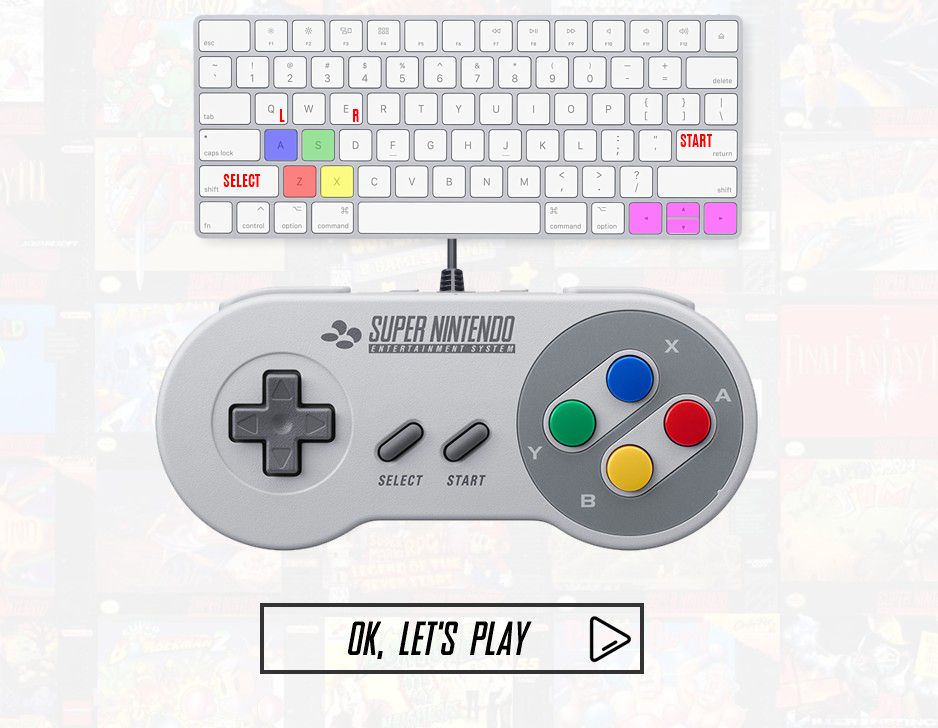Super Mario RPG

Super Mario RPG
Date added: Unknown
Tags:None
Rated the best by our players
5 out of 5 based on 61602 ratings.
Game Information:
Super Mario RPG (г‚№гѓјгѓ‘гѓјгѓћгѓЄг‚ЄRPG SЕ«pДЃ Mario ДЂru PД« JД«?), subtitled Legend of the Seven Stars in the North American release, is an action role-playing game developed by Square (now Square Enix) and published by Nintendo for the Super Famicom and Super Nintendo Entertainment System (SNES). It was originally released on March 9, 1996 in Japan and on May 13, 1996 in North America. Nintendo ported the game, with minor differences, to the Wii's Virtual Console service in 2008 to regions around the world. It is the first role-playing video game in the Mario series. The game contains token similarities to other Square role-playing video games, such as the Final Fantasy series, with a story and action-based gameplay derived from the Super Mario Bros. series. The story focuses on Mario and his teammates as they seek to eliminate the game's main antagonist, Smithy. Smithy has stolen the seven star pieces of Star Road where all the world's inhabitants' wishes become Wish Stars, and Mario must return the pieces so these wishes may again be granted. The game features five permanent playable characters. Super Mario RPG was directed by Yoshihiko Maekawa and Chihiro Fujioka and produced by Shigeru Miyamoto. Yoko Shimomura composed the game's score, which was released on a soundtrack album in Japan shortly after the game's debut. Super Mario RPG was the final Mario game released for the system as well as one of the last games Square produced for Nintendo hardware until Chocobo Land: A Game of Dice in 2002. Square did much of the development of Super Mario RPG under direct guidance from producer Shigeru Miyamoto. The game was well-received upon release, and it was praised particularly for its 3D rendered graphics and humor. The game spawned the Mario RPG series, and two successive RPG-themed spiritual sequels followed: the Paper Mario series and the Mario & Luigi series, both of which use certain conventions established in the original.
How to play:
↑ = up
в†’ = right
↓ = down
в†ђ = left
Z = A Button
X = B Button
A = X Button
S = Y Button
Q = L Button
E = R Button
Shift = Select
Enter = Start